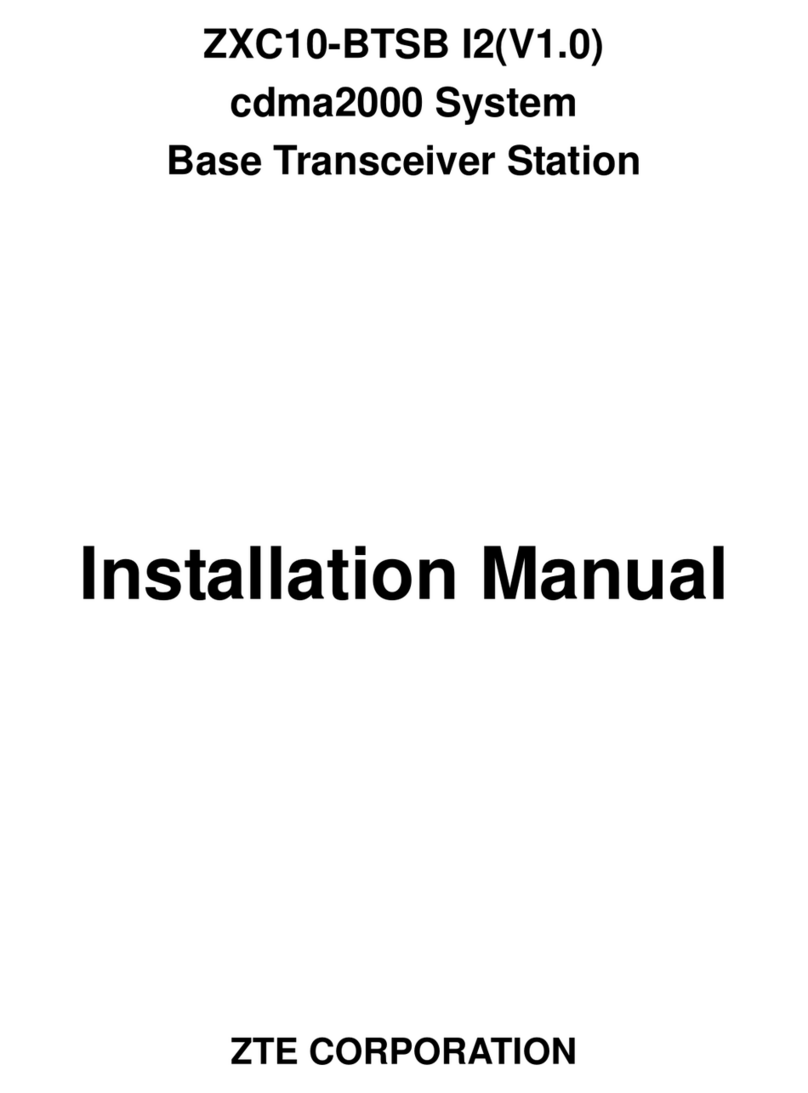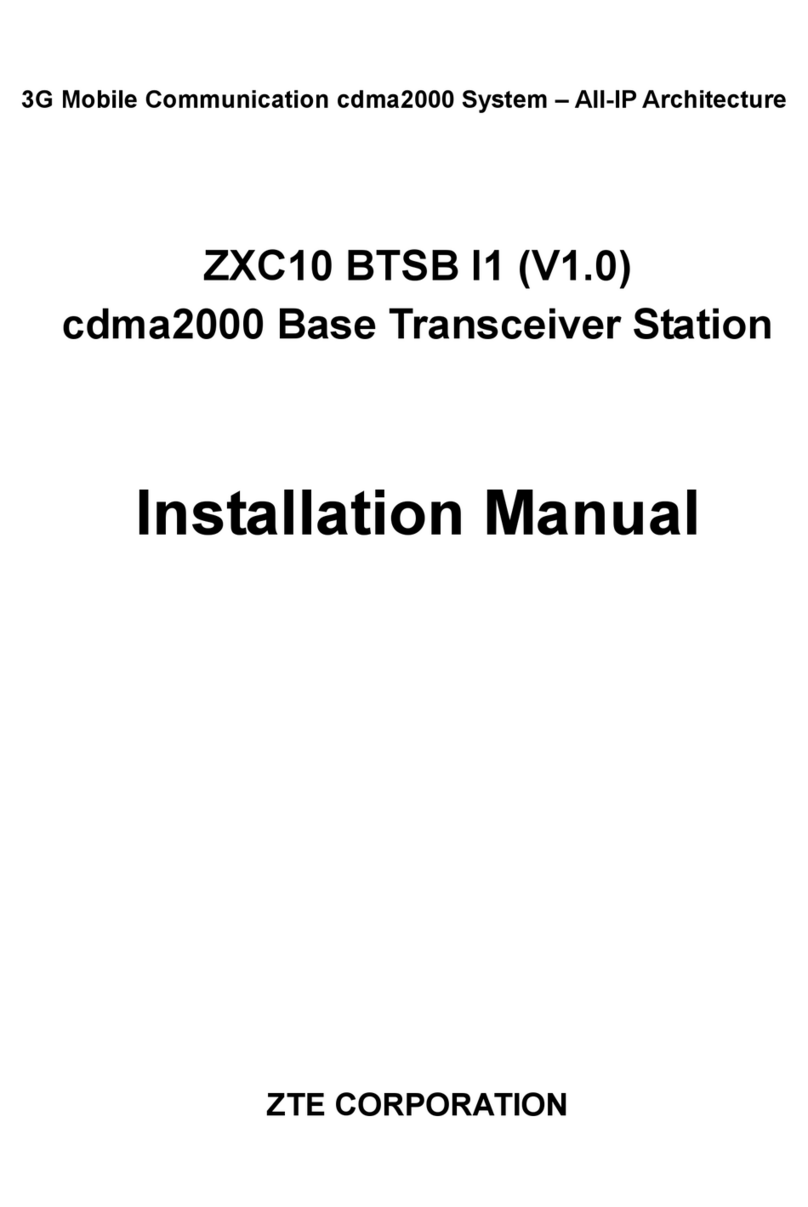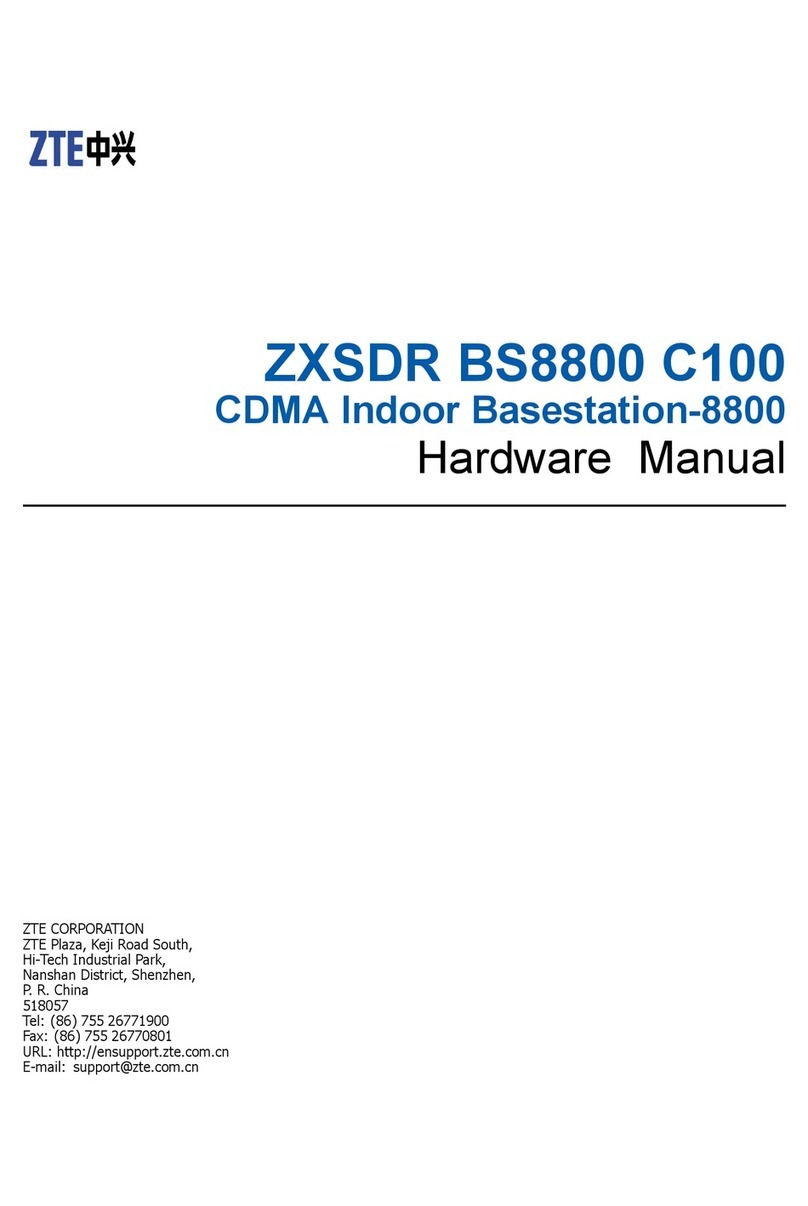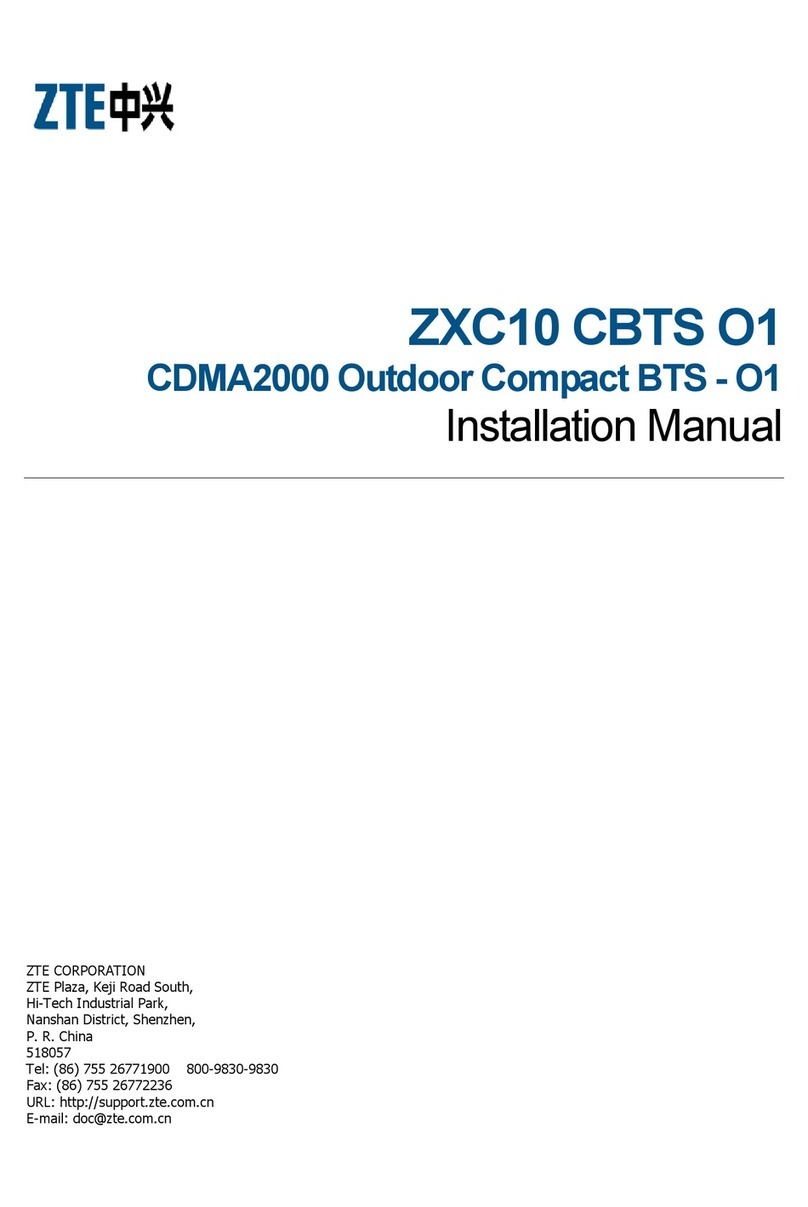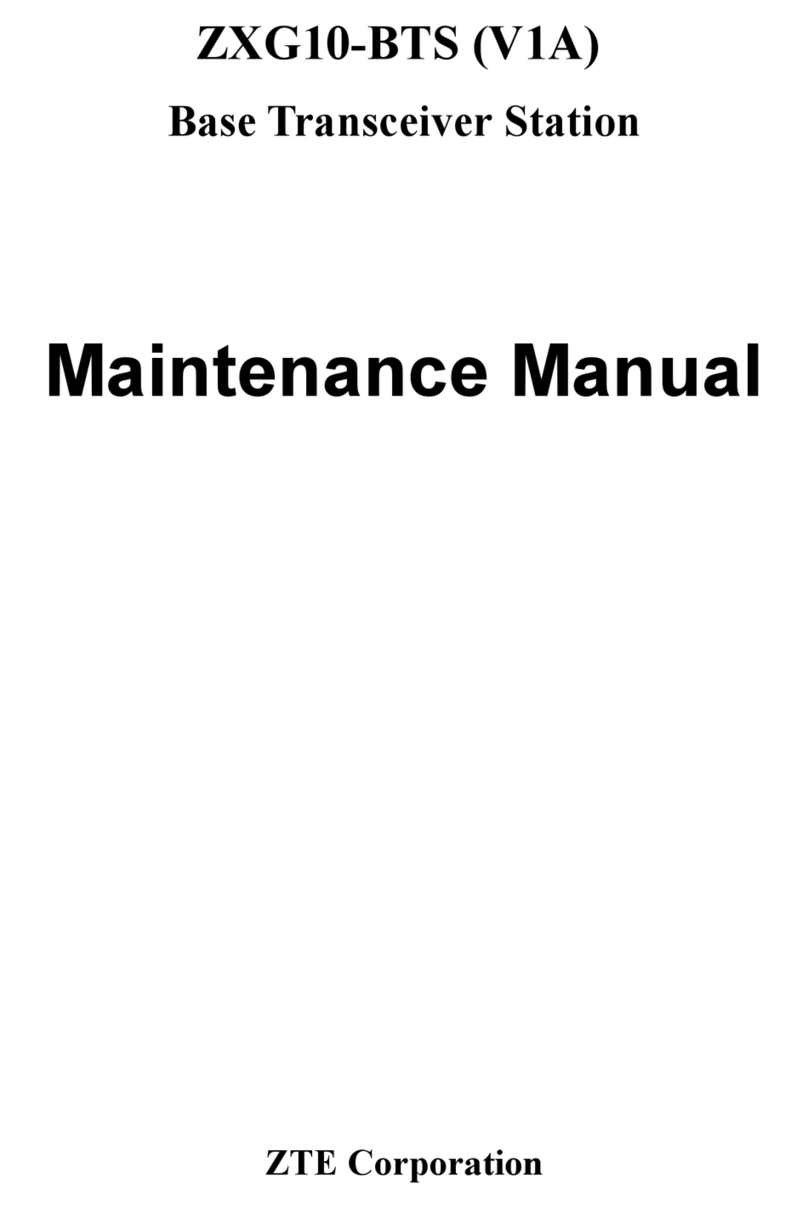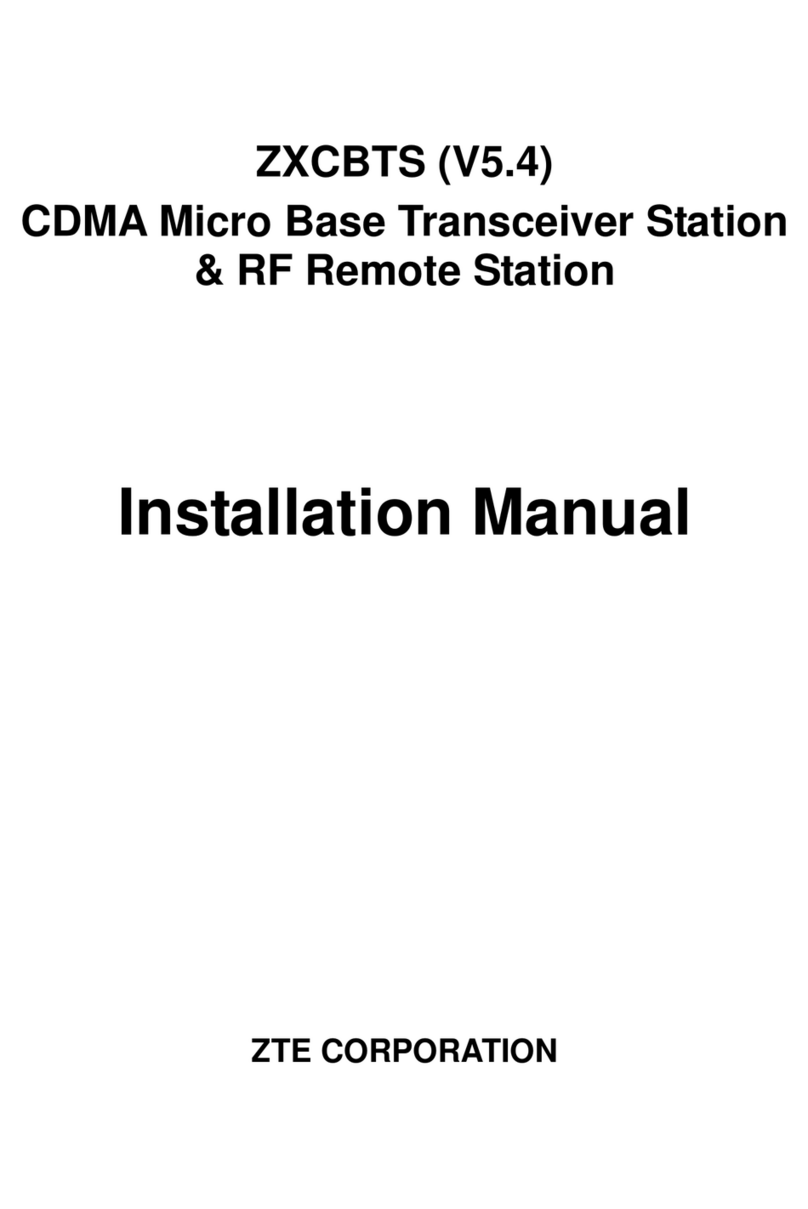
Voltage .................................................................................................................................20
Power Consumption ..............................................................................................................20
Environmental Conditions...................................................................................... 21
Temperature and Humidity Requirements .............................................................................. 21
Grounding Requirements ....................................................................................................... 21
Atmospheric Pressure Requirements ...................................................................................... 21
Lighting ................................................................................................................................ 21
Air Pollution........................................................................................................................... 21
Interface Indices................................................................................................... 21
Abis Interface Indices ............................................................................................................21
Um Interface Indices .............................................................................................................22
Capacity Indices ................................................................................................... 24
Clock Indices........................................................................................................ 25
Reliability Indices.................................................................................................. 25
Chapter 3...................................................................................27
Interfaces and Communications............................................................. 27
Overview ............................................................................................................. 27
Interfaces ............................................................................................................ 28
Abis Interface........................................................................................................................28
Um Interface......................................................................................................................... 31
Inter-Rack Cascaded Interface of Same Site ........................................................................... 33
Interface with External Environment Monitoring System..........................................................34
Interfaces of Tower Amplifier System ..................................................................................... 34
Man-Machine Interface (MMI) ................................................................................................ 35
Protocol Overview................................................................................................. 35
Um Interface Physical Layer................................................................................................... 35
LapD Protocol........................................................................................................................48
LapDm Protocol.....................................................................................................................50
RR/MM/CM Protocol...............................................................................................................53
Chapter 4...................................................................................55
System Functions.................................................................................... 55
Overview ............................................................................................................. 55
Major RF Functions ............................................................................................... 55
High Receiving Sensitivity ......................................................................................................56
Flexible Configuration ............................................................................................................56
Easy O&M .............................................................................................................................56
Diversity Receiving ................................................................................................................56
Frequency Hopping ...............................................................................................................56






